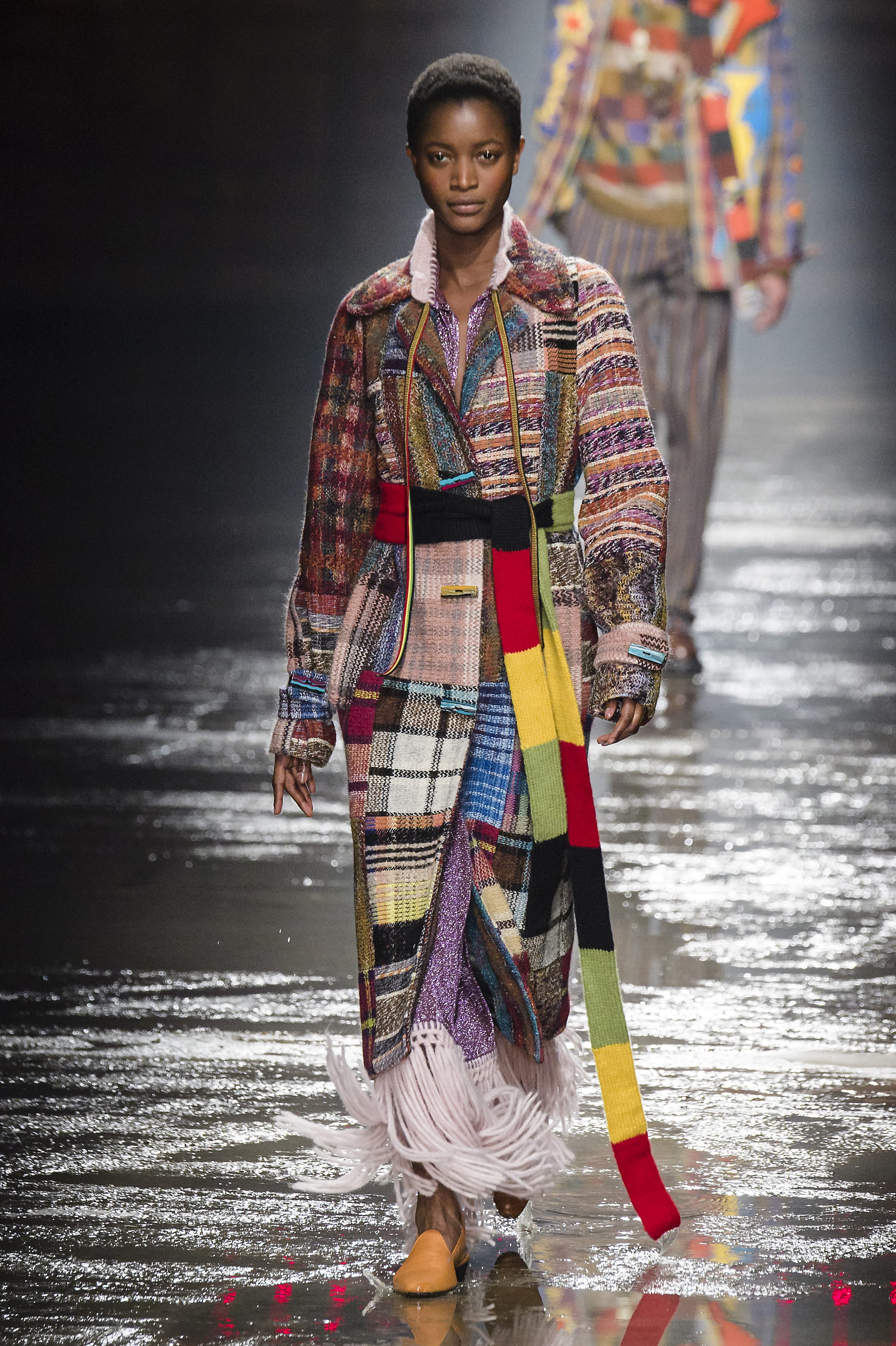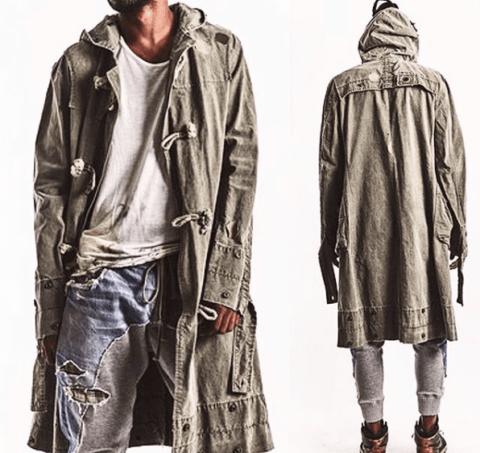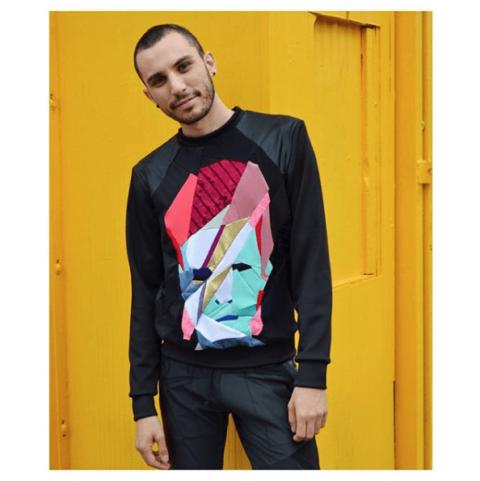These Designers Are Giving Dead Stock a New Lease on Life
When Cate Blanchett re-wore a four-year-old Armani Privé gown to the Cannes Film Festival this past May, she made a strong statement about clothing waste, saying, “It seems wilful and ridiculous that such garments are not cherished and re-worn for a lifetime.” It’s a pragmatic attitude that resourceful designers are taking to the next level with upcycled clothing, where a second-hand item is remixed and reimagined into something new. With an eye on sustainability, designers and consumers alike are rejecting the idea that the lifespan of a well-made garment needs to be dictated by trends.

Environmentally friendly as well as business savvy (73 per cent of millennials say they are willing to pay more for sustainable goods, and vintage pieces are highly covetable in their own right), this what’s-old-is-new approach has been adopted by buzzy brands around the world. At Zurich-based Vetements, founder Demna Gvasalia fashions new pieces from old Levi’s and vintage fur. Italian fashion house Missoni recently created a limited-edition collection of 25 pieces from upcycled fabric, while Dutch couturiers Viktor & Rolf have repurposed vintage gowns into their fanciful new creations—their last two collections were made using only vintage dead-stock fabrics. Known for making the majority of its cool-girl dresses with sustainable fabric, Los Angeles-based Reformation repurposes vintage pieces for about 2 to 5 per cent of its collections. The brand claims that remanufactured clothing can save close to 6,000 kilograms of carbon dioxide emissions annually.
73 per cent of millennials say they are willing to pay more for sustainable goods, and vintage pieces are highly covetable in their own right.
In Canada, Antonio Tadrissi’s Toronto-based fashion label Dust of Gods was the answer to the all-too-common dilemma of having too many clothes in his closet. Rather than get rid of them, he tapped his artist friend and now business partner Anthony Ricciardi to put a contemporary spin on his beloved pieces. Trained as an architect, Tadrissi has since expanded his sourcing to army surplus stores and markets like Notting Hill’s in London, England. He’ll scour denim jackets and military coats that he transforms with custom patches, tapestries, paint and other embellishments like photos of notorious celebrities and handwritten messages. “I like to see things, break them, put them back together and make them something else,” Tadrissi says of his design process. “Unlike for houses, where a pattern is made and followed, it just happens—on the go.”
At Triarchy’s headquarters in Los Angeles, creative director Adam Taubenfligel designs the brand’s Atelier Denim collection entirely from repurposed jeans he finds at vintage suppliers. He says that a long lifespan is in denim’s DNA. “It’s a workwear fabric—that’s what it is. It’s meant to be durable; it’s meant to last forever.” The one-of-a-kind pieces in the Atelier Denim collection are made of fabric that’s typically 20 or 30 years old, and the results are emblematic of the Triarchy ethos: to make fewer, better things.
In Mariouche Gagné’s case, the fabric of choice is fur. Gagné estimates she’s rescued about 100,000 fur coats since founding her label, Harricana by Mariouche, in 1993. “Fur is probably the best to recycle because it lasts for almost 200 years if it’s well kept,” she explains, adding that a 1950s full-length mink coat can easily be transformed into something more suitable for 21st-century living. It’s proof that in some cases, the right garment can be cherished and re-worn for several lifetimes.
Scroll through below to see four emerging designers who are doing something about waste in the fashion industry.
The post These Designers Are Giving Dead Stock a New Lease on Life appeared first on FASHION Magazine.



